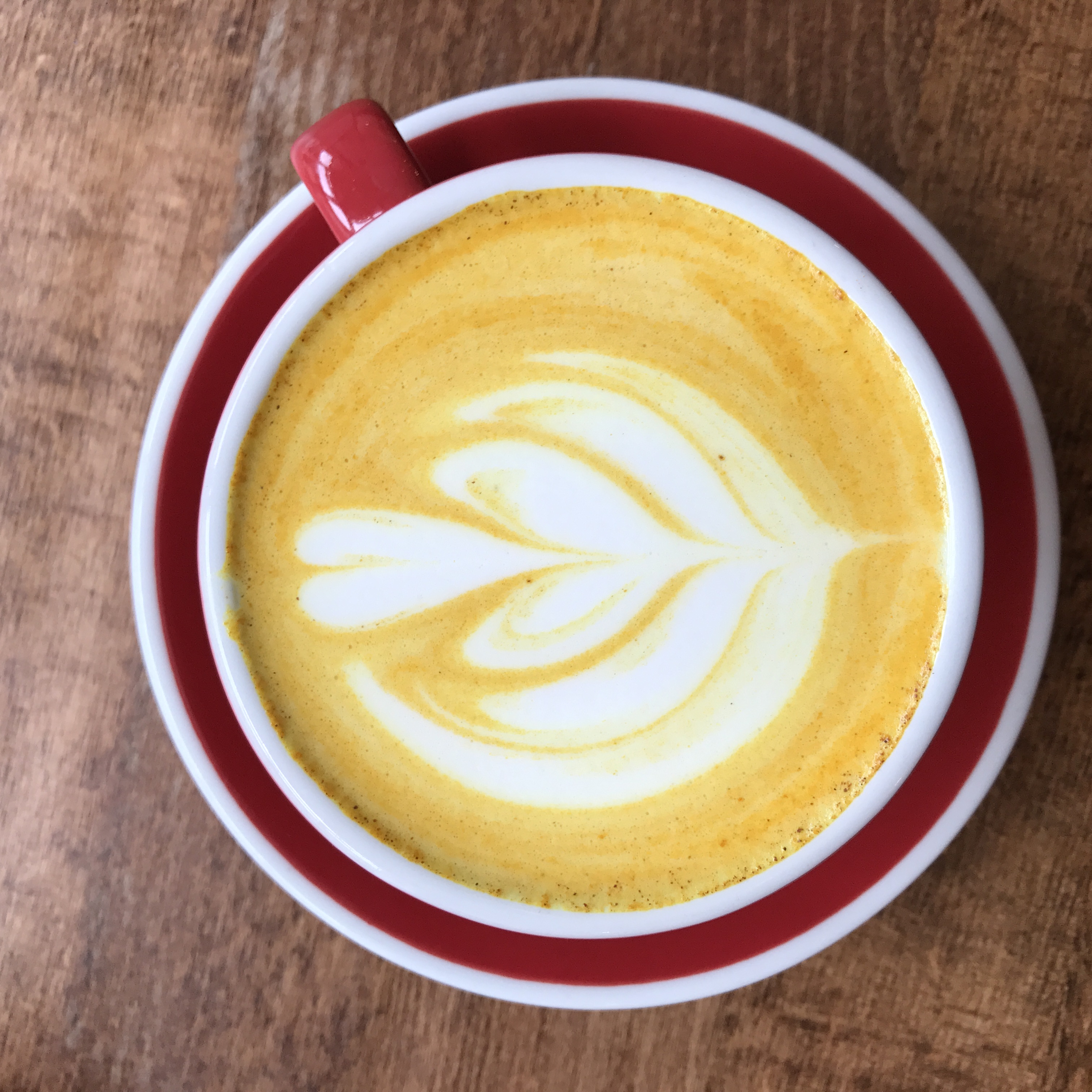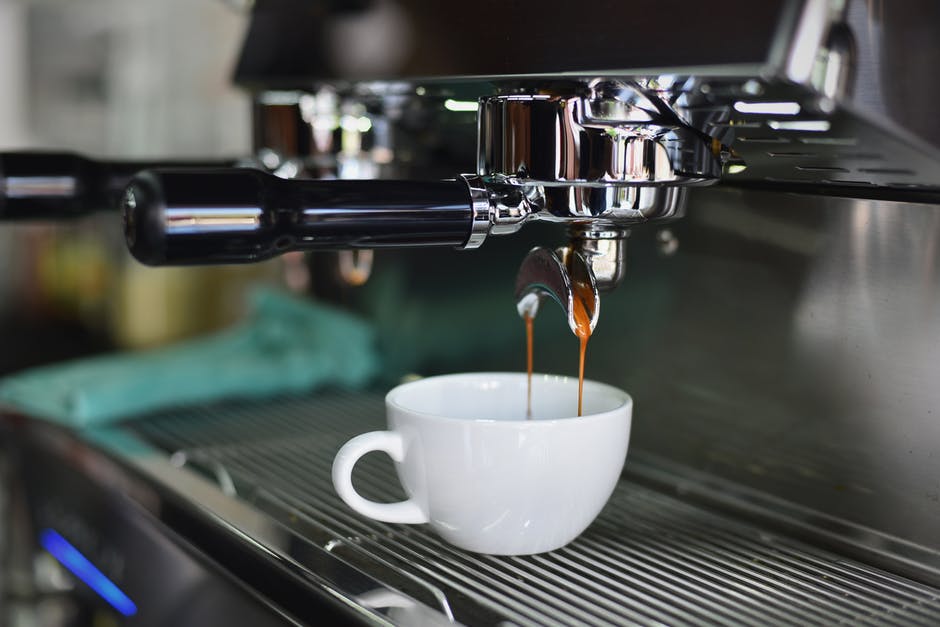Coffee trends that are here to stay
Coffee. So rich and beautiful. Wonderful on it’s own and yet explosive when combined with other desirable foods such as chocolate or ice cream. How we buy and drink coffee has substantially changed over the years. Decades ago it was a cheap hot beverage consumed at home. Since the turn of the century it’s a drink to have socially, where flavour has overtaken the cost. The drink of choice for most millennials, coffee is deemed as a reflection of your personality. One or two shots? Skinny or add a syrup? Soya or almond milk? The variety of coffee drinks on the market is phenomenal and confusing even for hardcore coffee drinkers.
Mochas and machiattos are so last decade, make way for the new trends taking over our coffee shops.
Cold brew coffee
Cold brew coffee is something the Japanese have been making since the 1600’s. It’s only recently become mainstream in other parts of the world. Even high street coffee chains are serving cold brew and people are loving it.
What is the difference between iced coffee and cold brew? Iced coffee is usually a double strength coffee poured over ice. Cold brew is ground coffee which is brewed for 12-24 hours in cold water, left at room temperature and with no heat being applied. The time it is left to brew, helps extract the sugar, caffeine and oil from the coffee and also removes some acidity.You can get cold brew in a lot of the big coffee chains. For warmer climates it’s a great alternative to traditional hot coffee.
Nitro Coffee
Going one step further, Nitro coffee is the drink to have this summer. It is simply cold brew coffee with nitrogen gas added to it. It has to be administered via a tap, a bit like beer. The result is slightly thicker and creamier coffee, as the nitrogen adds froth and bubbles to the coffee. It’s so yummy that you don’t even need milk.
Funky lattes
In a bid to attract younger customers (not just hipsters) and wean them onto a caffeine addiction slowly, baristas have certainly been getting adventurous. Earlier this year avocado latte was actually served in Melbourne. It was initially a joke to see whether a latte would fit inside an avocado shell, but then customers starting asking for it. The Avolatte is now an actual thing!

An alternative to coffee, turmeric latte aka golden latte aka ‘haldi dood’ which Indians have been drinking for centuries, continues to prove popular. You can make it with coffee as well. At last the world seems to have realised the immense benefits of turmeric.
Matcha has been making waves for years and it certainly doesn’t seem to be going away any time soon. Made of green tea which also boasts a heap of health benefits, a matcha latte is a healthy alternative to a normal boring latte -or that’s what I keep telling myself…
If you want drink a red latte, try having a beetroot latte.
Cascara
Also known as coffee cherry tea, cascara is not quite coffee and not quite tea. Coffee farmers in Ethiopia and Yemen have been producing this for a while, the rest of the world has just cottoned on.
Usually the coffee bean is taken from the coffee cherry and used to make the daily coffee that we drink. The rest of the coffee cherry is composted or discarded as waste.The cool thing about cascara is that the discarded part of the coffee cherry is dried by leaving it out in the sun. It’s then drunk pretty much like a herbal tea. Remarkably it tastes nothing like coffee, and also has much less caffeine. A bit of a hybrid of the two drinks that is drunk all over the world, coffee cherry tea is set to hit our coffee shops very soon.
Ethically sourced coffee
More and more consumers want to be socially responsible when it comes to coffee. Being the second largest commodity (oil is the first) globally, the demand in the West is immense. Most of the world’s coffee is produced in Central and South America, Africa and Asia. Child slavery and forced labour are some of the real concerns in these parts of the world. Sadly buying expensive coffee doesn’t mean that the revenue will be passed on to the coffee farmer.
Some of the things consumers can do is buy Fair Trade Certified coffee. This means the farmers will receive a minimum wage for their coffee as well as ensuring a safe environment for workers. Buying coffee which has the Rainforest Alliance and Organic coffee trademark can also help. Rainforest Alliance has to adhere to a list of regulations regarding sustenance. Buying organic coffee means that the coffee would have come from a small farm where pesticides and herbicides aren’t used, not necessarily guaranteeing a fair price but at least you’ll be supporting a smallholder farm. Lots of coffee brands are signing up to these schemes, which is a really positive move for farmers and consumers alike.


